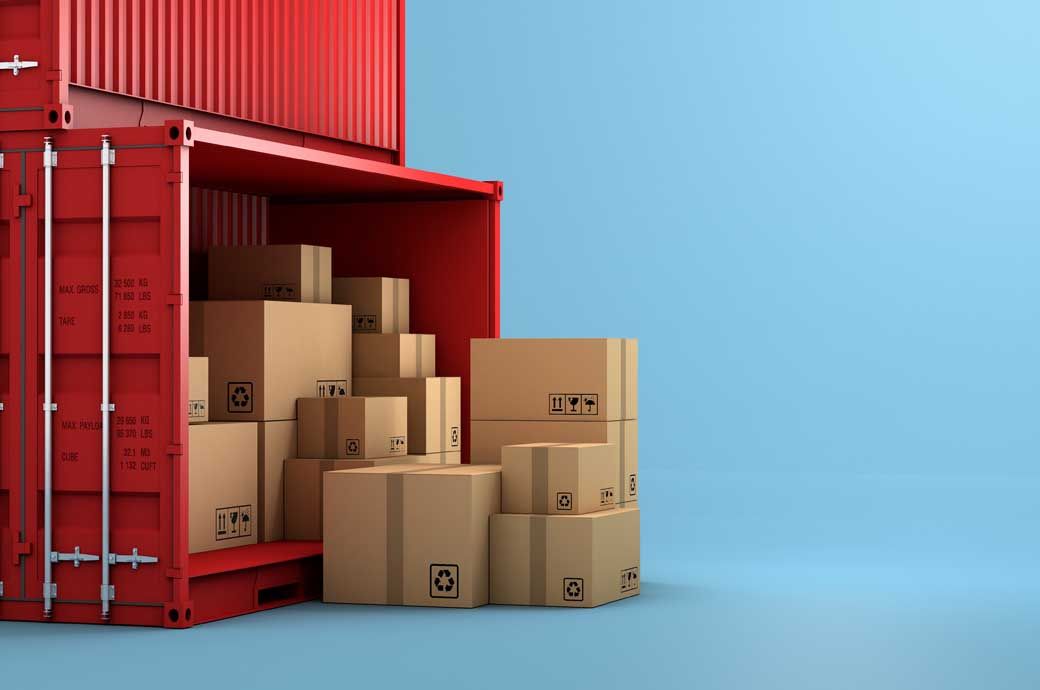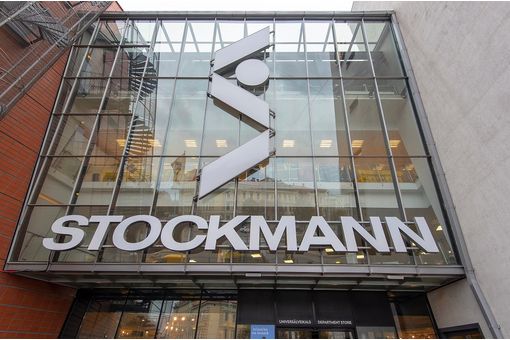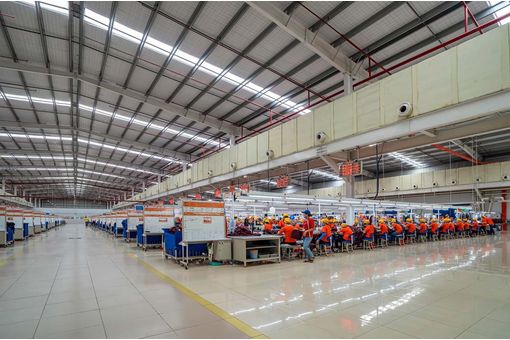Shipping sector's carbon trail reduction result uncertain: S&P Global

Insights
- Despite the global shipping industry's efforts on reducing its carbon footprint, its outcome is uncertain, with multiple challenges, according to S&P Global Ratings.
- As the process of decarbonising the sector involves significant costs, it is unclear who will bear that.
- Cargo owners feel the voluntary system alone will not achieve the IMO's revised targets.
Approximately 3 per cent of GHG emissions come from the maritime industry, while container ships account for 25 per cent of maritime emissions, according to industry data.
Maritime was not mentioned in the 2015 Paris Agreement on climate change, leaving the IMO with the responsibility of decarbonising the sector, the rating agency noted in a special editorial on its website.
As the process of decarbonising the maritime sector, like all other sectors, comes with significant costs, it is unclear who will bear that, as pricing for such things as zero-carbon fuels is set by the market, not by regulation, the editorial noted.
Efforts to decarbonise have involved investments by container lines in eco-friendly ships where operation and fuel costs can be absorbed with marginal financial implications for the carriers.
But as the carriers scale up, the cost will increase exponentially and would need to be shared with cargo owners and their customers, it observed.
The container industry's first step toward decarbonisation was to use LNG, which emits 25 per cent less carbon dioxide than traditional bunker fuel. However, the impact of LNG is still minimal; only 74 container ships run on LNG, representing just over 1 per cent of all container ships in operation, based on S&P Global Market Intelligence data.
Another 186 LNG ships are on order, meaning LNG will represent roughly 4 per cent of container ships in operation once those ships are delivered. LNG ships on order are nearly a quarter of container ships under construction, which shows that ship owners are increasingly emphasising orders for eco-friendly vessels, the editorial said.
Green ammonia and methanol are two potential zero-carbon fuels that could achieve scale. Methanol has progressed faster as a zero-carbon fuel compared with ammonia, which is highly toxic and will require extensive safety precautions.
As of late 2023, one methanol-powered container ship was in operation. Orders have been placed with shipyards for 125 container ships that can operate with methanol upon delivery and another 50 ships that can be retrofitted to use methanol later, according to S&P Global Market Intelligence.
There are no existing orders for ships that can be powered by ammonia upon delivery, but orders have been placed for 50 ships that can be converted to ammonia power post-delivery.
Most cargo owners feel the voluntary system alone will not achieve the IMO's revised targets. The IMO must introduce regulations within the next two years to bridge the gap between zero-carbon and traditional bunker fuels, the editorial added.
Fibre2Fashion News Desk (DS)
































-Ltd..jpg?tr=w-120,h-60,c-at_max,cm-pad_resize,bg-ffffff)





.jpg?tr=w-120,h-60,c-at_max,cm-pad_resize,bg-ffffff)
.jpg?tr=w-120,h-60,c-at_max,cm-pad_resize,bg-ffffff)






